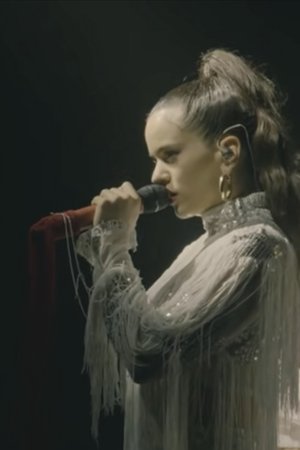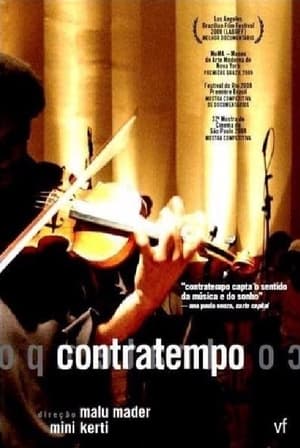

Entrevista completa con Rosalía: Motomami por dentro(2022)
Movie: Entrevista completa con Rosalía: Motomami por dentro
Top 4 Billed Cast

Entrevista completa con Rosalía: Motomami por dentro
HomePage
Overview
Release Date
2022-04-09
Average
0
Rating:
0.0 startsTagline
Genres
Languages:
CatalàEspañolKeywords
Similar Movies
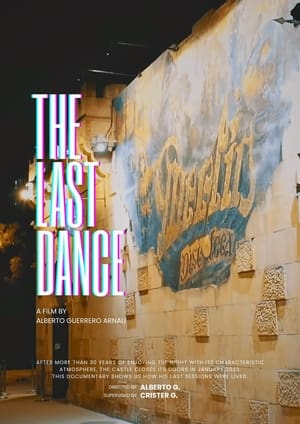 2.0
2.0Merlin Nightclub: The Last Dance(es)
Merlin nightclub opened in 1992 in Barcelona and its medieval appearance did not leave anyone indifferent from the first day. After more than 30 years of enjoying the night with its characteristic atmosphere and varied musical selection, the castle was forced to close its doors in January 2023 despite filling the room every weekend. This video immortalizes the place through its regular customers and staff.
 0.0
0.0Candy(en)
The colorful video, directed by Stillz, follows her — and her seeming love interest — as they party among a group of friends in the Tokyo neighborhood of Shibuya. As Rosalía sings the track, the video shows clips of Rosalía and others taking snaps in a photo booth while she performs the track in other scenes.
 4.8
4.8Sochi: 2014 Olympic Opening Ceremony: Dreams of Russia(ru)
The opening ceremony of the 2014 Winter Olympics took place at the Fisht Olympic Stadium in Sochi, Russia, on 7 February 2014. It began at 20:14 MSK (UTC+4) and finished at 23:02 MSK (UTC+4) This was the first Winter Olympics and first Olympic Games opening ceremony under the IOC presidency of Thomas Bach. The Games were officially opened by President Vladimir Putin. An audience of 40,000 were in attendance at the stadium with an estimated 2,000 performers. The ceremony touched upon various aspects of Russian history, and included tributes to famous Russians, such as Peter Tchaikovsky (1840–1893), Ukrainian-born Russian humourist, dramatist, and novelist Nikolai Gogol (1809–1852), filmmaker Sergei Eisenstein (1898–1948), ballet dancer Vaslav Nijinsky (1889–1950), and patron of arts, and founder of Ballet Russes, Sergei Diaghilev (1872–1929).
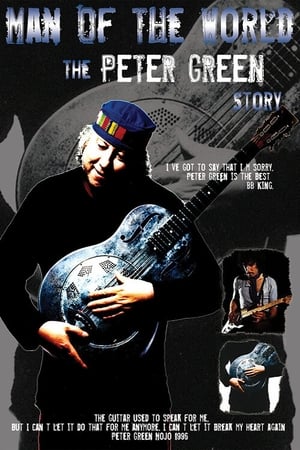 0.0
0.0Peter Green: Man of the World(en)
Legendary blues guitarist BB King named Peter Green as one of the greatest exponents of the blues, and the 'only guitar player to make me sweat'. If Green had only written Black Magic Woman, his name would still have a place in blues rock history forever. His three short years leading Peter Green's Fleetwood Mac saw the band established as one of the biggest-selling groups of the 1960s. Yet at the height of their fame Green left the group, with his life spiralling into turmoil as drug-induced mental health issues took control. Rumours of his demise began to spread, and sightings of him became notorious. After years battling his mental illness, Green wrote and recorded again. Featuring archive performances and interviews with Carlos Santana, Noel Gallagher, founding members of Fleetwood Mac and Green himself, this film tells the story of one of blues rock's living legends.
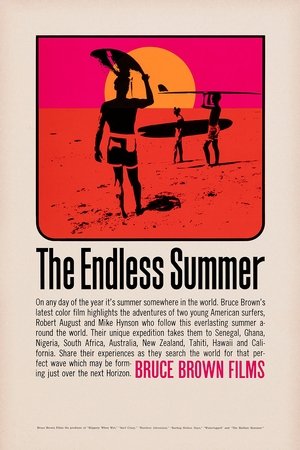 7.2
7.2The Endless Summer(en)
Bruce Brown's The Endless Summer is one of the first and most influential surf movies of all time. The film documents American surfers Mike Hynson and Robert August as they travel the world during California’s winter (which, back in 1965 was off-season for surfing) in search of the perfect wave and ultimately, an endless summer.
 7.0
7.0Land Without Bread(es)
An exploration —manipulated and staged— of life in Las Hurdes, in the province of Cáceres, in Extremadura, Spain, as it was in 1932. Insalubrity, misery and lack of opportunities provoke the emigration of young people and the solitude of those who remain in the desolation of one of the poorest and least developed Spanish regions at that time.
 6.8
6.8Megacities(en)
Megacities is a documentary about the slums of five different metropolitan cities.
 4.7
4.7Railway Station(pl)
Kieslowski’s later film Dworzec (Station, 1980) portrays the atmosphere at Central Station in Warsaw after the rush hour.
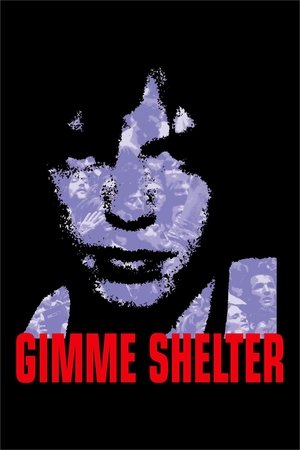 7.3
7.3Gimme Shelter(en)
A detailed chronicle of the famous 1969 tour of the United States by the British rock band The Rolling Stones, which culminated with the disastrous and tragic concert held on December 6 at the Altamont Speedway Free Festival, an event of historical significance, as it marked the end of an era: the generation of peace and love suddenly became the generation of disillusionment.
 6.4
6.4Primary(en)
Primary is a documentary film about the primary elections between John F. Kennedy and Hubert Humphrey in 1960. Primary is the first documentary to use light equipment in order to follow their subjects in a more intimate filmmaking style. This unconventional way of filming created a new look for documentary films where the camera’s lens was right in the middle of what ever drama was occurring. Preserved by the Academy Film Archive in partnership with The Film Foundation in 1998.
 7.4
7.4Dont Look Back(en)
In this wildly entertaining vision of one of the twentieth century’s greatest artists, Bob Dylan is surrounded by teen fans, gets into heated philosophical jousts with journalists, and kicks back with fellow musicians Joan Baez, Donovan, and Alan Price.
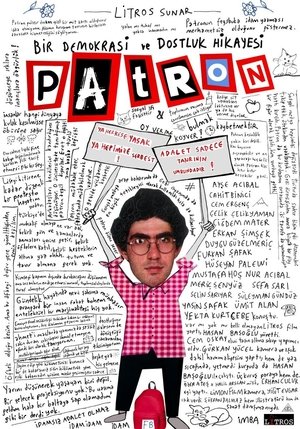 0.0
0.0The Boss(tr)
Ahmet Vehbi Şafak, a.k.a. The Boss, is such a well-loved figure that an association was formed by his devotees. But during the Gezi Park protests of 2013, this man, until now an icon of integrity and truth, became a disappointment to those around him. For the Boss framed Gezi as a rebellion against the government and his very existence, a stance that resulted in him alienating his admirers. This wasn’t just about the rift that grew between him and his circle, it happened all over Turkey. Tolerance of difference disappeared and otherization became a cornerstone of politics. Starting out from The Boss himself, this documentary film attempts to understand the causes of polarization in Turkey.
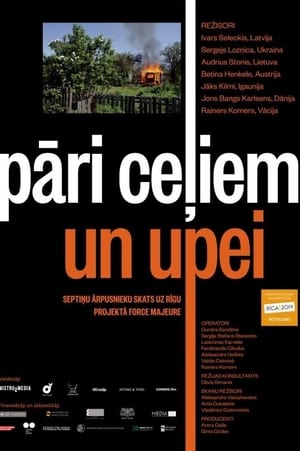 0.0
0.0Over the Roads, Over the River(lv)
Seven versions of Riga, the city on the Baltic Sea, and its features as seen by outstanding European film directors: Sergei Loznitsa (The Old Jewish Cemetery), Ivars Seleckis (On Ķīpsala), Audrius Stonys (Riga Boats), Jaak Kilmi (Littering Prohibited!), Jon Bang Karlsen (Cats in Riga), Rainer Komers (Daugava Delta), and Bettina Henkel (Theatre Street 6).
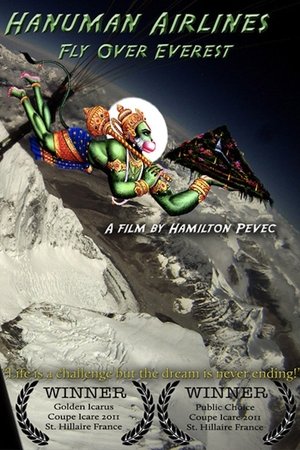 0.0
0.0Hanuman Airlines: Fly Over Everest(en)
Two Nepali men climb Mt. Everest, launch a paraglider from the summit, fly over the top and set a new free flight world record.
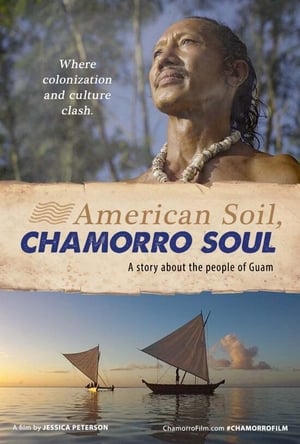 0.0
0.0American Soil, Chamorro Soul(en)
“American Soil, Chamorro Soul” reveals what modern Chamorro culture means on Guam as three generations demonstrate the cultural Renaissance in dancing, medicine, and traditional canoe building.
Pisklak(pl)
A documentary about a teenage girl living in a youth foster center and taking care of sick children
 0.0
0.0Hampi(fr)
A ritual vase, the hampi, is placed in the center of the Musée de plein air de la République du Niger in Niamey, during a ritual ceremony featuring possession dances. With this film, Jean Rouch continues his ethnological and cinematographic study of Songhay ritual objects. He demonstrates that, in a particular context, the transfer of a hampi vase to a museum requires the organization of a ritual ceremony to obtain the gods' approval. At the time, however, reservations about filming a possession dance for the opening of a shrine in a museum made the move "questionable from a museological point of view".


